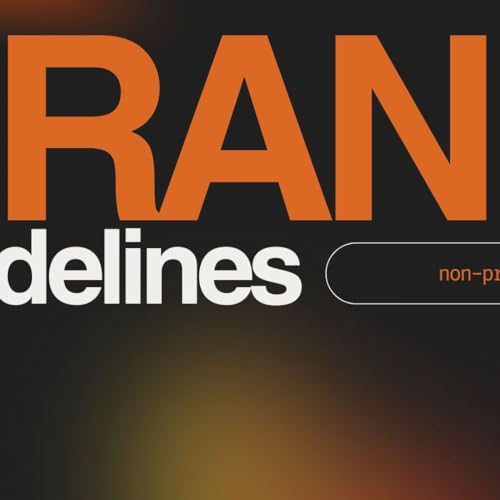Understanding Secondary Trauma: A Hidden Challenge
In our interconnected world, the effects of trauma are not confined to those who experience it directly. Secondary trauma, also known as vicarious trauma or compassion fatigue, can significantly impact those who support or are closely involved with trauma survivors. This phenomenon, while less visible, is an important area of concern for caregivers, first responders, mental health professionals, and even those who offer emotional support to friends and family in distress.
What is Secondary Trauma?
Secondary trauma occurs when an individual, through their exposure to others’ traumatic experiences, develops symptoms similar to those of post-traumatic stress disorder (PTSD). This can manifest in various ways, including emotional exhaustion, intrusive thoughts, and feelings of helplessness or irritability. Unlike primary trauma, which involves direct exposure to a traumatic event, secondary trauma results from indirect exposure, often through listening to or witnessing the trauma experienced by others.
Symptoms and Impact
The symptoms of secondary trauma can closely resemble those of PTSD and may include:
Intrusive Thoughts: Recurrent, distressing thoughts about the trauma experienced by others.
Emotional Numbness: Difficulty feeling emotions or experiencing a sense of detachment from others.
Hypervigilance: Increased anxiety and heightened alertness to potential threats.
Avoidance: Steering clear of situations, conversations, or reminders associated with the trauma.
Exhaustion: Emotional and physical fatigue that can affect one’s ability to perform daily tasks and responsibilities.
These symptoms can impact personal relationships, job performance, and overall quality of life. Over time, secondary trauma can lead to burnout, depression, and a diminished capacity to effectively support others.
Who is at Risk?
Certain individuals are more susceptible to secondary trauma, including:
Healthcare Professionals: Doctors, nurses, and therapists who regularly work with trauma survivors.
First Responders: Police officers, firefighters, and emergency medical personnel who encounter traumatic situations on the job.
Social Workers: Professionals who assist individuals and families in crisis situations.
Family and Friends: Loved ones who offer support to individuals dealing with trauma.
Volunteers: People involved in crisis response or advocacy work.
Strategies for Coping and Prevention
Addressing secondary trauma involves proactive self-care and support strategies. Here are some effective approaches:
Self-Care: Engage in regular self-care practices, including exercise, hobbies, and relaxation techniques to maintain emotional and physical well-being.
Boundaries: Set clear boundaries to separate professional responsibilities from personal life. Learn to say no when necessary and avoid overextending yourself.
Supervision and Support: Seek regular supervision or consultation to process your experiences and emotions. Peer support groups and professional counseling can also provide valuable outlets.
Education: Stay informed about the signs and symptoms of secondary trauma. Understanding what you’re experiencing can help in recognizing and addressing it early.
Mindfulness and Stress Reduction: Practice mindfulness, meditation, or other stress-reduction techniques to manage anxiety and maintain emotional balance.
Work-Life Balance: Prioritize a healthy balance between work and personal life to prevent burnout. Ensure you have time to disconnect and recharge.
Seeking Help
If you or someone you know is struggling with secondary trauma, seeking help is crucial. Mental health professionals can provide support and strategies tailored to individual needs. Don’t hesitate to reach out for assistance—addressing secondary trauma is a vital step in ensuring the well-being of those who dedicate their lives to helping others.
Conclusion
Secondary trauma is a serious issue that affects many individuals who are exposed to the suffering of others. Recognizing the signs and implementing effective coping strategies can help manage its impact and maintain overall well-being. By addressing secondary trauma with compassion and proactive measures, we can better support those who are on the front lines of trauma recovery and ensure they receive the care they need.
Remember, taking care of yourself is not just beneficial for you—it enhances your ability to support and care for others effectively.
 Nov 4 202548 m
Nov 4 202548 m Oct 29 202559 m
Oct 29 202559 m Oct 21 202556 m
Oct 21 202556 m Oct 22 202553 m
Oct 22 202553 m 55 m
55 m Jun 11 202532 m
Jun 11 202532 m May 5 202520 m
May 5 202520 m Sep 4 202426 m
Sep 4 202426 m

